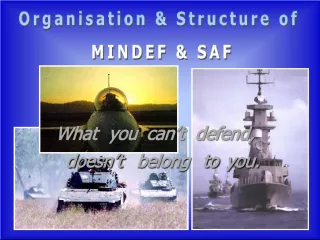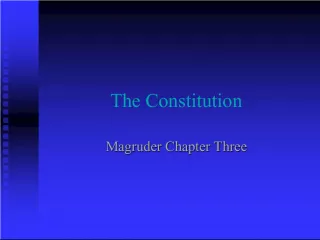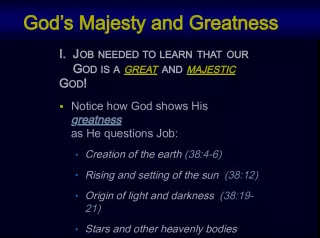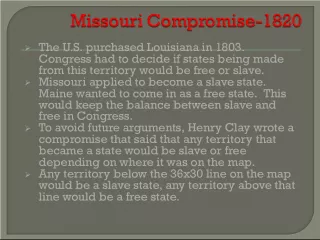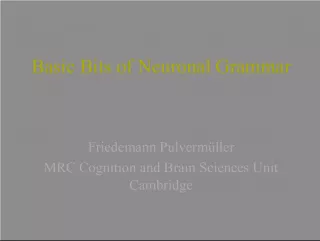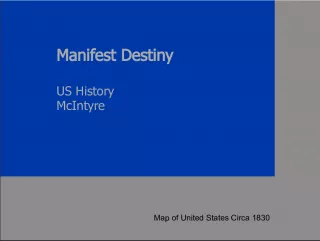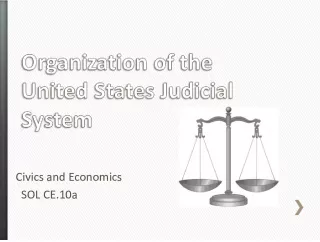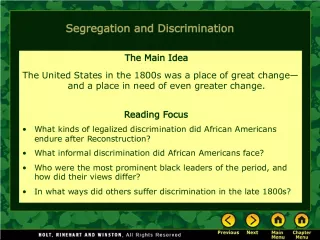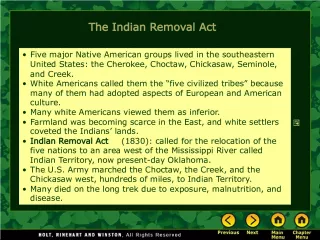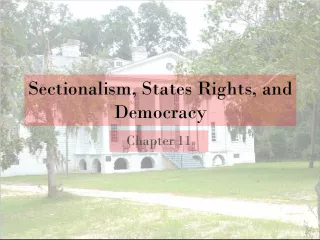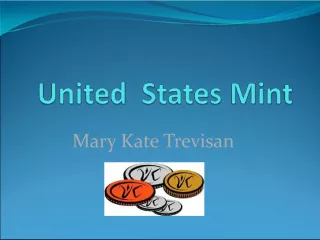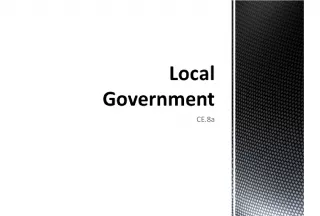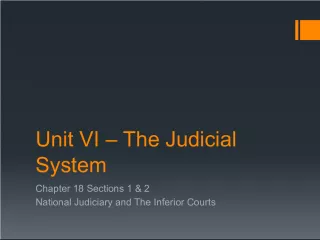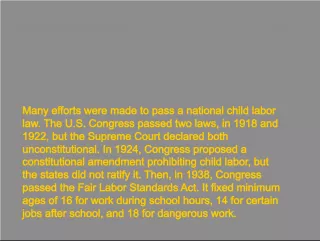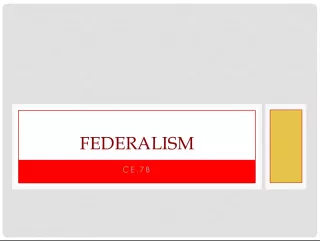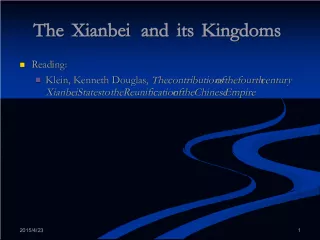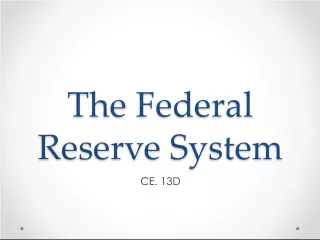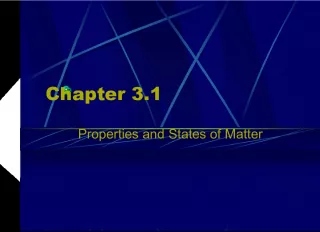Understanding States and Sovereignty
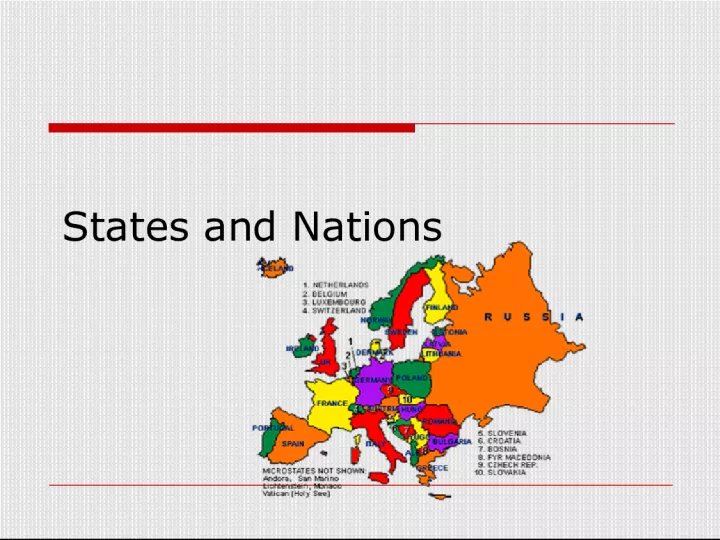

This article provides an overview of states and nations, discussing their origins and evolution. It also delves into the concept of sovereignty and its importance in the governance of a state.
- Uploaded on | 0 Views
-
 kirstin
kirstin
About Understanding States and Sovereignty
PowerPoint presentation about 'Understanding States and Sovereignty'. This presentation describes the topic on This article provides an overview of states and nations, discussing their origins and evolution. It also delves into the concept of sovereignty and its importance in the governance of a state.. The key topics included in this slideshow are States, Nations, Sovereignty, Territory, Government,. Download this presentation absolutely free.
Presentation Transcript
1. States and Nations
2. State A State (country) is an area organized into a political unit ruled by a government, with defined territory and permanent population. Ancient city-states were first states. From Greeks to Romans to European kingdoms came the modern state idea. Peace of Westphalia in Europe in 1648 marks beginning of modern state: rulers with power over very defined territories.
3. Sovereignty Governments in a state must have power or sovereignty : control or ultimate authority over the area. Sovereignty must be recognized by others. Taiwan is recognized by U.S., but not by China. Western Sahara is recognized by many African countries, but not by Morocco.
4. Question ? How is a governments sovereignty affected by a rebellion?
5. Governments Unitary govts used to be popular: highly centralized power around capital, minorities were unimportant, like France. Federal govts are popular today: governments sharing power with local regions, protecting differences, like U.S.
6. Nation-states A nation is a group of people with a shared culture and seek control over territory. Nation-state is a country with borders of the state are close to the region of the group of people (nation). Most European states were made this way. Nationalism was used by state to strengthen it: pride creates loyalty.
7. Multi-nations and Stateless nations Multinational states are states with more than one nation inside: like the former Yugoslavia. Multistate nation is a nation that stretches across multiple state borders, like Transylvannia in Hungary and Romania. Stateless nations are nations who want sovereignty but have none, like the Palestinian Arabs or the Kurds.
8. Summary Of the different nation situations (nation-state, multination, multistate, and stateless) which ones probably go best with unitary governments? Federal governments? Why?
